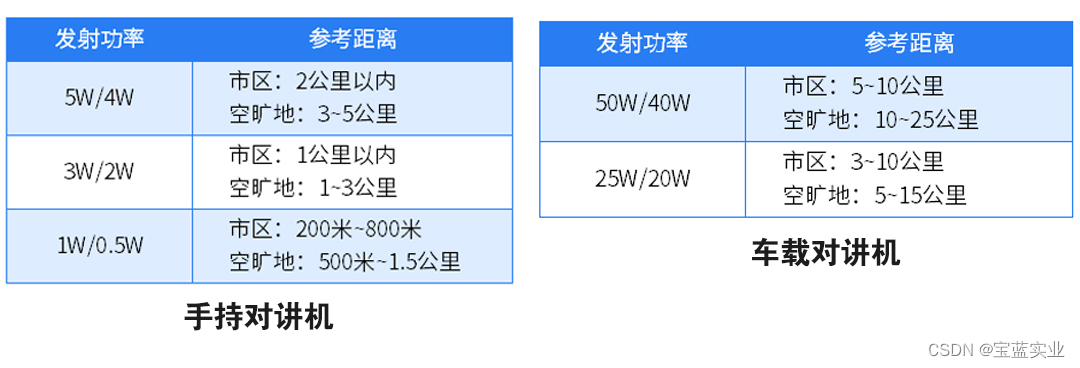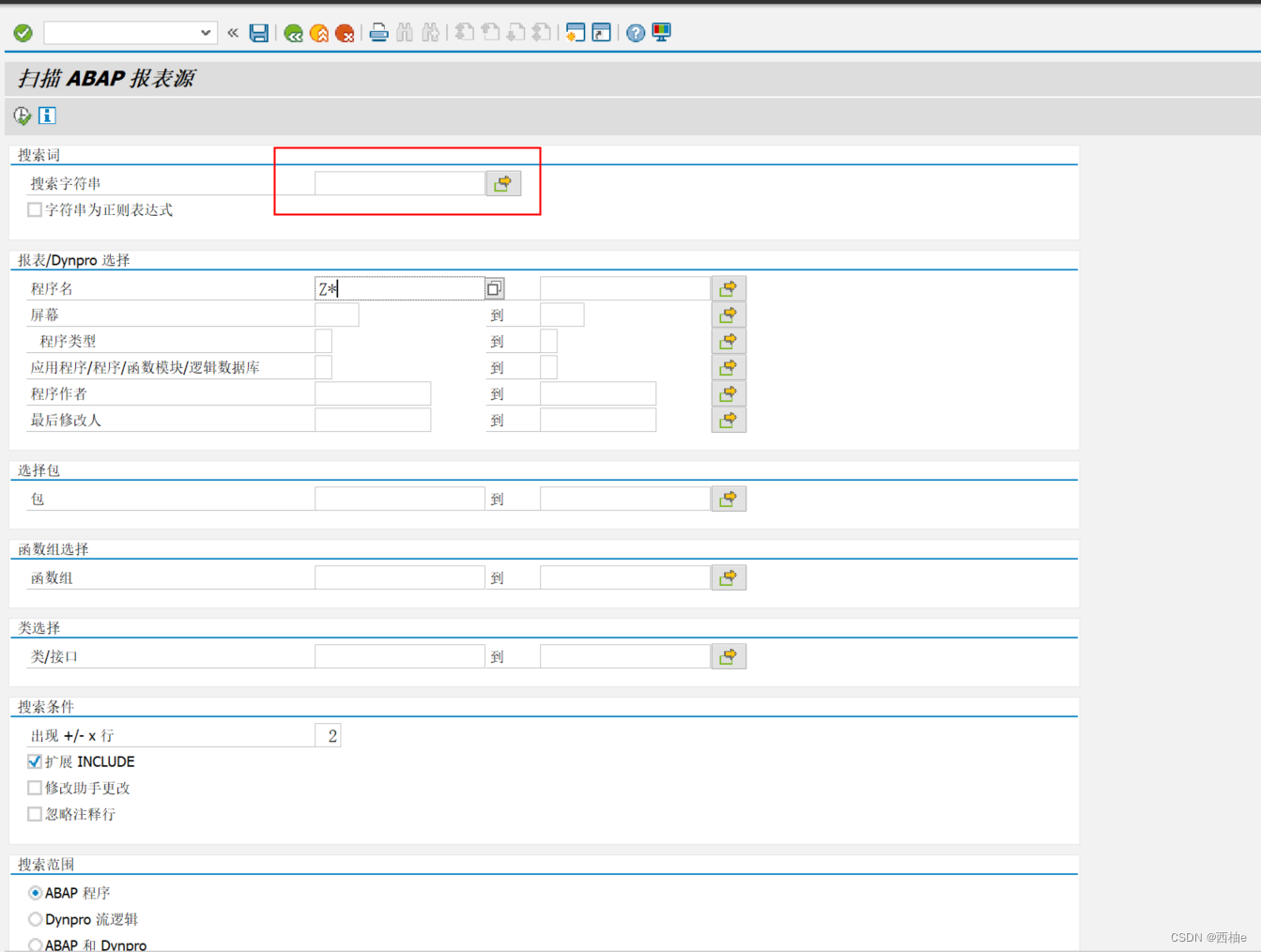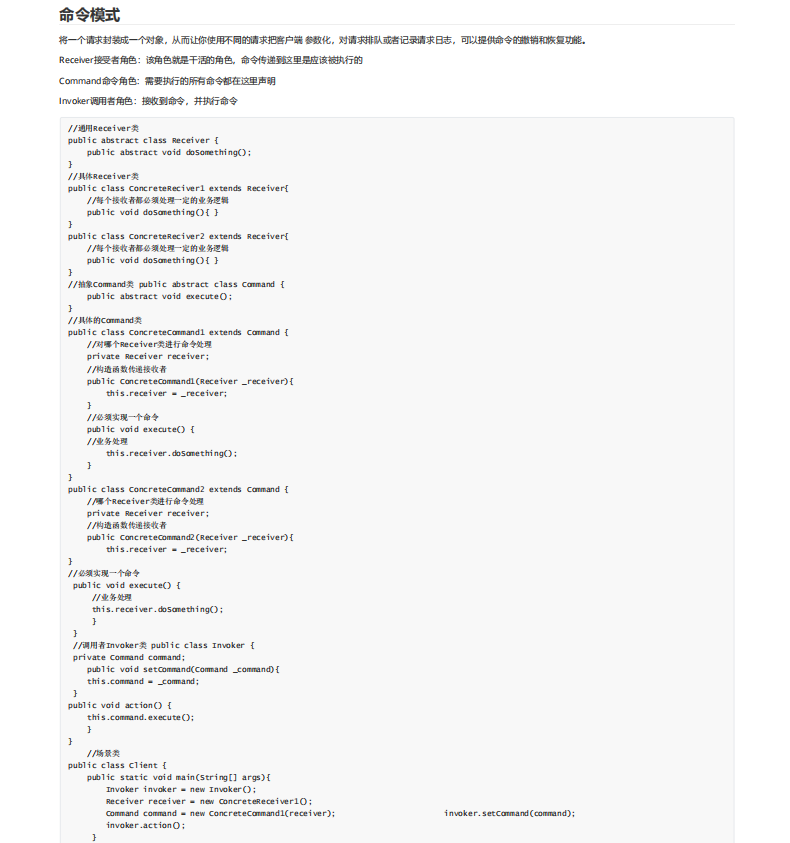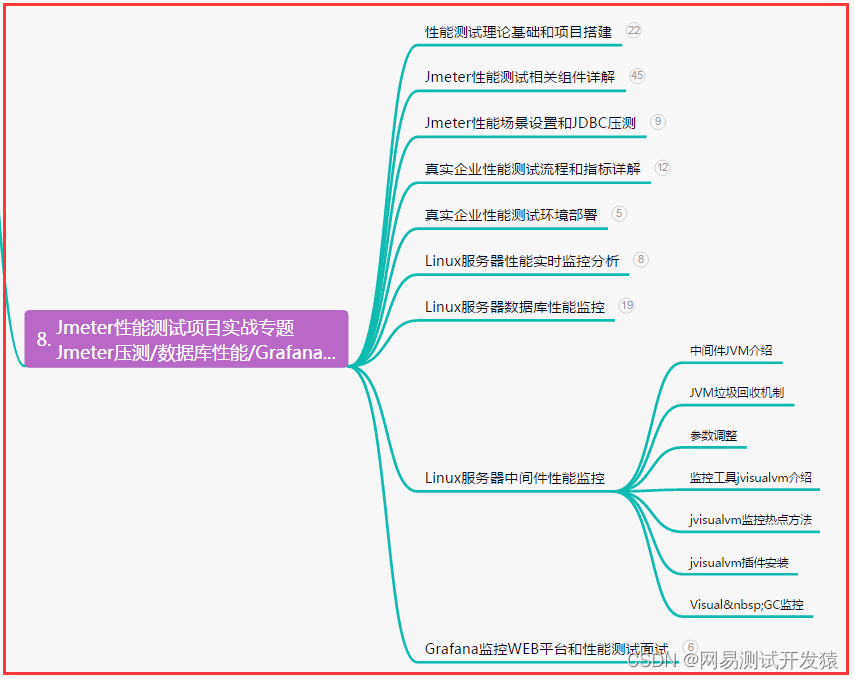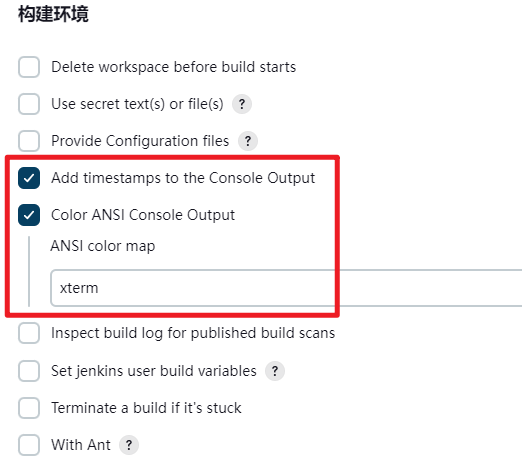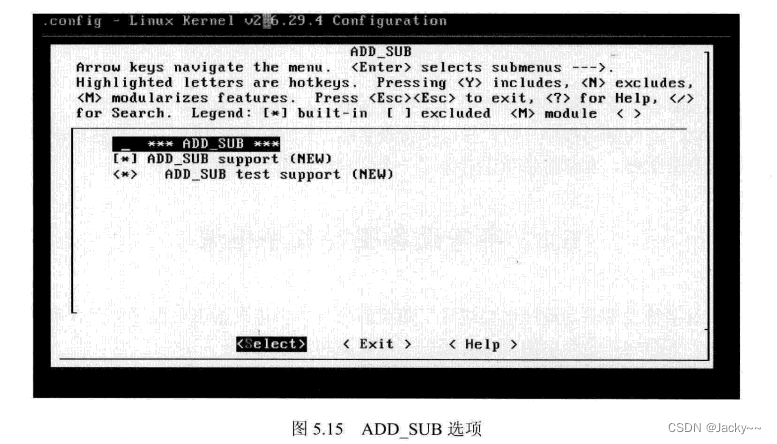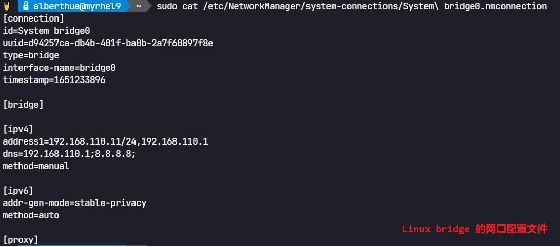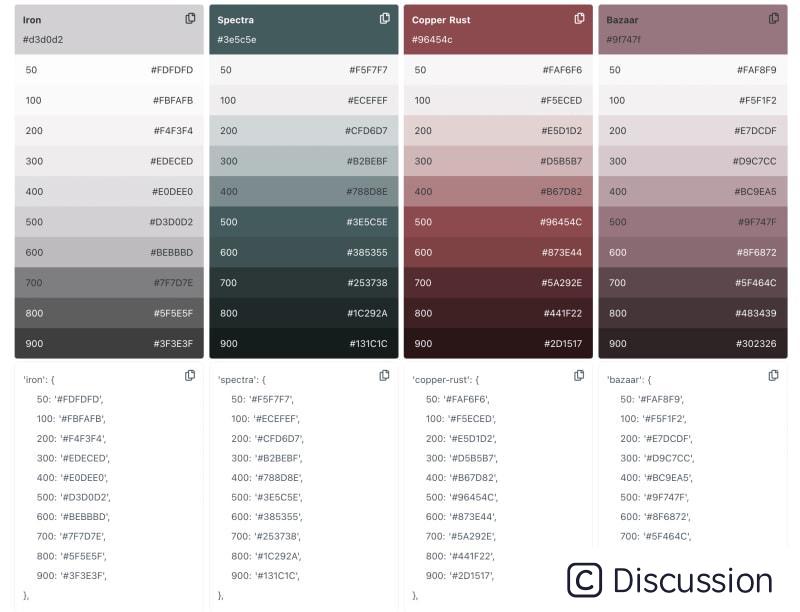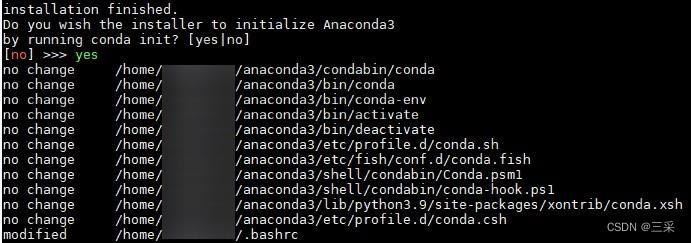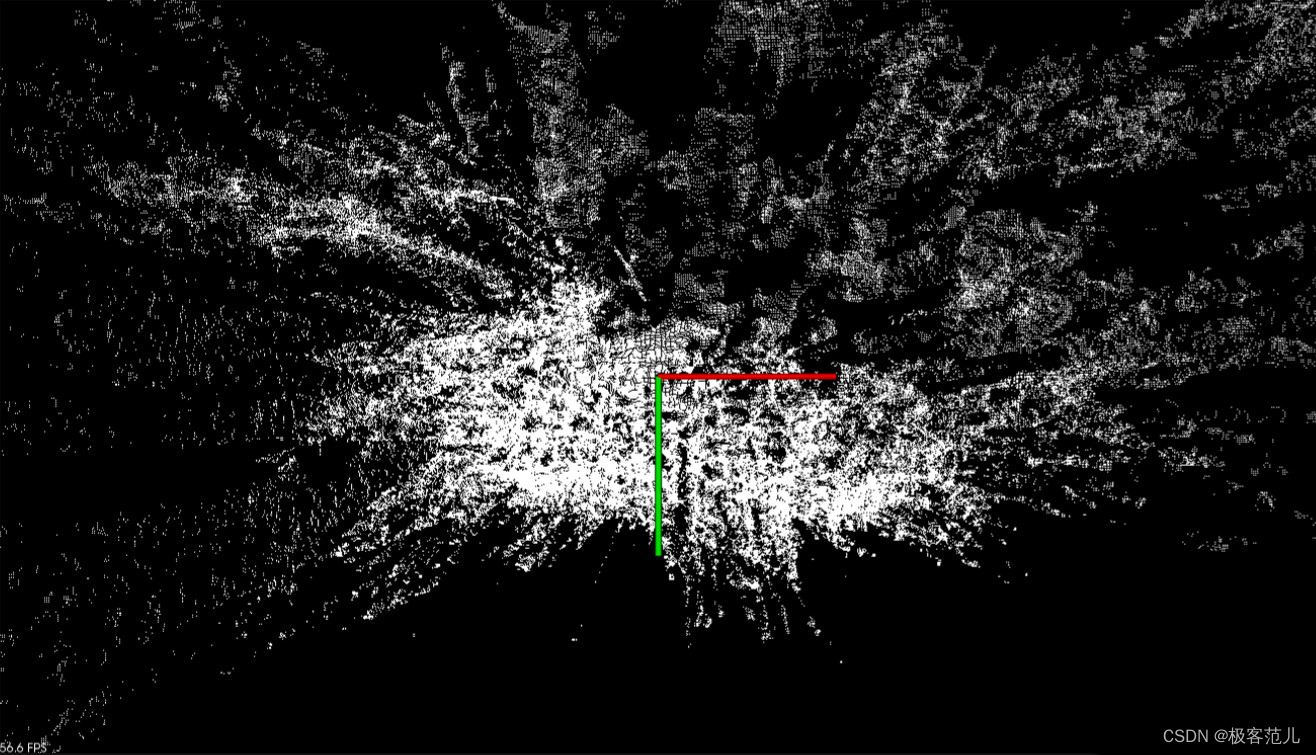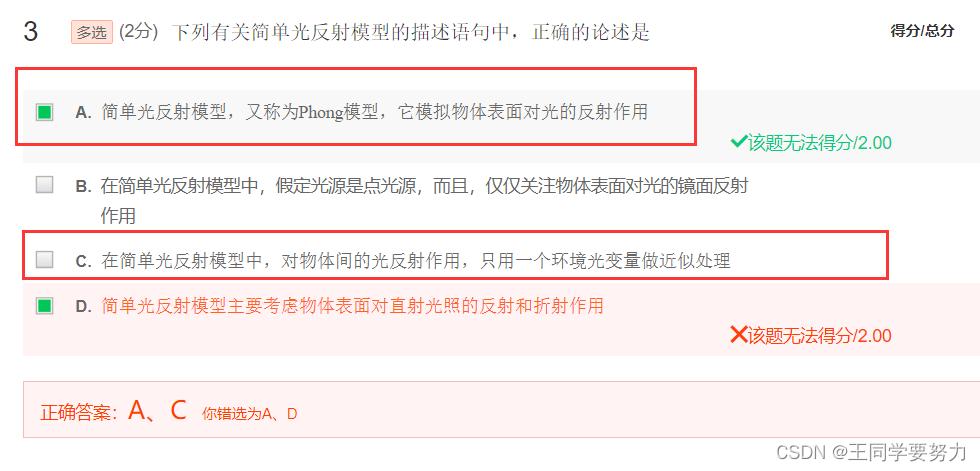目录
- 1. 前言
- 2. H264码流结构
- 2.1 文字说明
- 2.2 码流格式图解
- 3. 自定义数据封装以及H264码流插入
- 3.1 将自定义数据封装成SEI字段通用格式即可插入H264码流中
- 3.2 编码逻辑
- 4. 代码
- 5. 总结
1. 前言
本文主要记录,如何在已有的H264码流中插入自定义的数据,并且不破坏H264码流结构,改造后的H264码流可以通过解码器正常解析出来,插入的自定义数据对H264码流解析不造成任何影响。
代码在文末附上,基于C/C++实现。
2. H264码流结构
2.1 文字说明
(1)H264码流,是由一个个独立的数据块NALU组成,NALU数据块之间相互关联,NALU数据块的顺序不可以调换,但NALU数据块之间可以插入指定格式的数据,理论上插入数据的长度不限。
(2)解码器在解码时,首先遍历码流中的Start code(00 00 00 01),找到Start code后紧跟着解析NALU单元,解析时从前往后遍历,直至找到下一个Start code,并开始下一帧NALU单元的解析。
(3)H264码流中插入自定义数据,首先将自定义数据按特定的格式封装成一个数组,然后在码流的每个I帧或者P帧之前插入自定义数据即可
2.2 码流格式图解

图2.1 H264码流基础数据块

图2.2 H264码流数据块组合示例
3. 自定义数据封装以及H264码流插入
3.1 将自定义数据封装成SEI字段通用格式即可插入H264码流中

图3.1 自定义数据封装格式
SEI字段自定义封装包格式为:
Start code:每个NALU单元的起始码
NRI:高四位的第一位为禁止位0,决定该NALU单元是否有效;高四位中间两位表示该NALU单元的重要程度,解码时根据该数值决定该NALU单元解析或丢弃。高四位的最后一位与低四位组成NALU单元识别码,06表示该单元为SEI字段。
payload type:05表示该SEI字段的编码格式符合H264标准格式
UUID:用户自定义的识别码,16字节长度,只要不与Start code冲突即可
自定义数据长度:用两个字节表示封装自定义数据的长度,解码时依据该数值做校验
自定义数据:用户自己封装的数据,类型必须为unsigned char
结尾对齐码:80表示SEI字段的结束对齐
3.2 编码逻辑
对H264码流进行for循环遍历,依据Start code 以及NALU头识别NALU单元类型,当识别到I帧或P帧时,将封装好的SEI数据包直接插入
4. 代码
h264Process.h
#include <stdio.h>
#include <string.h>
// uuid: 54 80 83 97 f0 23 47 4b b7 f7 4f 32 b5 4e 06 ac
// 定义SEI格式固定识别码
namespace SEI{
static unsigned char start_code[] = {0x00,0x00,0x00,0x01}; //起始码
static unsigned char sei_uuid[] = { 0x54, 0x8f, 0x83, 0x97, 0xf3, 0x23, 0x97, 0x4b,
0xb7, 0xc7, 0x4f, 0x3a, 0xb5, 0x6e, 0x89, 0x52 }; //自定义标识码
static int sei_uuid_size = sizeof(sei_uuid); //自定义标识码长度
static unsigned char nal_type = 0x06; //NAL类型,0x06标识该NAL单元为SEI
static unsigned char payload_type = 0x05; //0x05标识当前SEI编码格式为标准格式
static unsigned char sei_tail = 0x80; //SEI结尾对齐码
}
// 定位当前位置是否为SEI起始位置,返回值为SEI字段长度
int FindSei(unsigned char* h264_buf, int cur_index,int buf_size);
// 定位当前位置是否为I帧起始位置,若当前字节为I帧开始,返回1,否则返回0
int IFramelocat(unsigned char* h264_buf, int cur_index,int buf_size);
// 定位当前位置是否为P帧起始位置,若当前字节为P帧开始,返回1,否则返回0
int PFramelocat(unsigned char* h264_buf, int cur_index,int buf_size);
// 读取H264码流buffer,删除码流中原始SEI字段,并插入用户自定义数据,写入tmp文件中
int H264DelSeiInsertSeiBeforeFrame(unsigned char* h264_buf,int buf_size,unsigned char* sei_buf,int sei_buf_size,FILE *tmp);
// 将用户自定义数据user_data按照SEI格式封装进sei_buffer里
int FillSeiPacket(unsigned char* sei_buffer, int sei_size, unsigned char* user_data, int user_data_size);
// 从H264码流中解析SEI封装包,并从SEI封装包中解析用户数据
int H264GetSeiUserdata(unsigned char* h264_buf, int h264_buf_size, unsigned char* user_buf, int user_buf_size);
h264Process.cpp
#include "h264Process.h"
int FindSei(unsigned char* h264_buf, int cur_index,int buf_size){
int cur_index_bak = cur_index;
if(cur_index > buf_size-5) return 0;
else if(h264_buf[cur_index]==0x00 && h264_buf[cur_index+1]==0x00 && h264_buf[cur_index+2]==0x00
&& h264_buf[cur_index+3]==0x01 && h264_buf[cur_index+4]==0x06)
{ cur_index += 5;
while(cur_index < buf_size){
if(h264_buf[cur_index]==0 && h264_buf[cur_index+1]==0 && h264_buf[cur_index+2]==0 && h264_buf[cur_index+3]==1)
break;
else
++cur_index;
}
// printf("cur_index:%d,cur_index_bak:%d,len is:%d\n",cur_index,cur_index_bak,cur_index-cur_index_bak);
return cur_index-cur_index_bak; //如果找到SEI字段,返回SEI字段长度
}
else return cur_index-cur_index_bak; //如果没找到SEI字段,则返回0
}
int IFramelocat(unsigned char* h264_buf, int cur_index,int buf_size){
if(cur_index > buf_size-5) return 0;
else if(h264_buf[cur_index]==0x00 && h264_buf[cur_index+1]==0x00 && h264_buf[cur_index+2]==0x00
&& h264_buf[cur_index+3]==0x01 && h264_buf[cur_index+4]==0x25)
return 1;
else return 0;
}
int PFramelocat(unsigned char* h264_buf, int cur_index,int buf_size){
if(cur_index > buf_size-5) return 0;
else if(h264_buf[cur_index]==0x00 && h264_buf[cur_index+1]==0x00 && h264_buf[cur_index+2]==0x00
&& h264_buf[cur_index+3]==0x01 && h264_buf[cur_index+4]==0x21)
return 1;
else return 0;
}
int H264DelSeiInsertSeiBeforeFrame(unsigned char* h264_buf,int buf_size,unsigned char* sei_buf,
int sei_buf_size,FILE *tmp){
for(int i=0; i<buf_size; i++){
int len_sei = FindSei(h264_buf,i,buf_size); //查找SEI字段位置,若当前位置为SEI开始字符,则返回SEI长度,否则返回0
if(len_sei == 0){ //SEI字段长度为0,未找到SEI字段,原始内容直接写入
if(IFramelocat(h264_buf,i,buf_size)) //SEI字段插入I帧之前
fwrite(sei_buf, 1, sei_buf_size, tmp);
else if(PFramelocat(h264_buf,i,buf_size)) //SEI字段插入P帧之前
fwrite(sei_buf, 1, sei_buf_size, tmp);
fwrite(&h264_buf[i], 1, 1, tmp); //将原始码流写入文件
}
else if(len_sei > 0){
i = i+len_sei-1; //找到SEI字段,跳过码流buffer中SEI字段长度,相当于删除码流中原始SEI字段
// --i; //判断程序处理完之后,当前下标已经为下一个单元的起始位,for循环还会再加一,因为在此需要减一
}
else printf("error: findSei() return value min i!\n");
}
return 1;
}
int FillSeiPacket(unsigned char* sei_buffer, int sei_size, unsigned char* user_data, int user_data_size)
{
if(sei_size-user_data_size < 25) return -1;
unsigned char* data = (unsigned char*)sei_buffer;
unsigned char user_data_size_high = user_data_size >> 8; // 取用户数据长度高8位
unsigned char user_data_size_low = user_data_size & 0xFF; // 取用户数据长度低8位
memcpy(data, SEI::start_code, sizeof(unsigned int)); // 插入4字节NALU开始码
data += sizeof(unsigned int);
*data++ = SEI::nal_type; // 插入1字节NAL类型识别码,data指针偏移
*data++ = SEI::payload_type; // 插入1字节SEI字段编码格式识别码,data指针偏移
memcpy(data, SEI::sei_uuid, SEI::sei_uuid_size); // 插入16字节UUID自定义识别码
data += SEI::sei_uuid_size;
*data++ = user_data_size_high; // 插入1字节用户数据长度高8位
*data++ = user_data_size_low; // 插入1字节用户数据长度低8位
memcpy(data, user_data, user_data_size); // 插入n字节用户自定义数据
data += user_data_size;
sei_buffer[sei_size-1] = SEI::sei_tail; // 插入1字节SEI封装包结尾对齐码
if(data-sei_buffer>sei_size) return -2;
else return 1;
}
int H264GetSeiUserdata(unsigned char* h264_buf, int h264_buf_size, unsigned char* user_buf, int user_buf_size){
int sei_num=0,not_match_num=0;
unsigned char* user_buf_point = user_buf;
for(int i=0; i<h264_buf_size; i++){
int len_sei = FindSei(h264_buf,i,h264_buf_size); //获取码流中当前位置SEI字段长度
if(len_sei>0){
++sei_num;
int not_match_flag=0;
for(int j=0; j<16; j++){ //判断SEI字段中UUID是否匹配
if(h264_buf[i+6+j] == SEI::sei_uuid[j])
continue;
else{
++not_match_flag;
break;
}
}
if(not_match_flag) //如果not_match_flag为1,则该SEI字段不是我们定义的
not_match_num += not_match_flag;
else{ //否则该SEI是我们自定义的
int h264_user_data_len = (h264_buf[i+22]<<8) + (h264_buf[i+23]&0xFF);
printf("h264_buf[i+22]:%d,h264_buf[i+23]:%d,len_sei:%d\n",h264_buf[i+22],h264_buf[i+23],len_sei);
printf("h264_user_data_len is %d\n",h264_user_data_len);
if(h264_user_data_len!=(len_sei-25)){ //如果读取到的用户数据长度与实际测到的数据长度不匹配
printf("error:User data contains a stream header!\n");
printf("h264_buf[i+22]:%d,h264_buf[i+23]:%d,len_sei:%d\n",h264_buf[i+22],h264_buf[i+23],len_sei);
printf("h264_user_data_len is %d\n",h264_user_data_len);
}
else{ //若匹配,则正常提取用户数据
unsigned char* h264_usr_data = h264_buf+i+24;
if(h264_user_data_len > (user_buf_size+user_buf-user_buf_point)){ //判定当前写入的用户数据长度是否大于接收BUF的长度
printf("error:recv user_buf_size is too min! \n");
break;
}
memcpy(user_buf_point,h264_usr_data,sizeof(unsigned char)*h264_user_data_len);//将解析出的用户数据复制到接收BUF中
user_buf_point += h264_user_data_len; //接收BUF指针偏移,方便下一帧数据写入
for(int k=0;k<10;k++) //用户数据后面添加10个0作为用户数据分割标识
*user_buf_point++ = 0;
}
}
i+=len_sei-1;
}
else
continue;
}
// printf("not_match_num is %d\n",not_match_num);
return sei_num;
}
main.cpp
// #include <stdio.h>
#include <unistd.h>
#include <malloc.h>
#include "h264Process.h"
// #define H264_SIZE 1*1024*1024 //读取1MB文件大小
#define H264_SIZE 2*1024*1024 //读取0.1MB文件大小,大概包含2-3帧图像
#define USER_DATA_SIZE 512 //定义用户自定义数据大小
#define SEI_FIX_SIZE 25 //SEI封装包固有长度为25
//SEI字段插入H264码流文件程序
int insertSeiProcess(){
//读取H264源文件,删去SEI字段
FILE* h264_file=NULL;
FILE *tmp = NULL;
static unsigned char fullBuffer[H264_SIZE+4] = {0};
unsigned char* buffer = fullBuffer;
h264_file = fopen("test.h264", "rb+"); //带SEI字段的H264源文件
tmp = fopen("tmp.h264","wb+"); //写入自定义数据的的新H264文件
if (!h264_file)
{
printf("ERROR:Open h264 file fialed.\n");
return -1;
}
int size = fread(buffer, 1, H264_SIZE, h264_file);
printf("h264 size:%d\n",size);
int user_data_size = 512;
int sei_size = user_data_size + SEI_FIX_SIZE;
unsigned char* user_data_buf = (unsigned char*)malloc(sizeof(unsigned char)*user_data_size);
unsigned char* sei_buf = (unsigned char*)malloc(sizeof(unsigned char)*sei_size);
if(user_data_buf==NULL || sei_buf==NULL){
printf("malloc faild!\n");
return -1;
}
memset(user_data_buf,0,sizeof(unsigned char)*user_data_size);
memset(sei_buf,0,sizeof(unsigned char)*sei_size);
for(int i=0; i<100; i++){ //填充自定义数据
user_data_buf[i]=i+1;
// printf("%x ",user_data_buf[i]);
}
// printf("\n");
int sei_stat = FillSeiPacket(sei_buf, sei_size, user_data_buf, user_data_size); //将用户自定义数据封装成SEI格式包
if(sei_stat < 0) printf("fillSeiPacket faild\n");
else printf("fillSeiPacket successed\n");
// for(int i=0; i<sei_size;i++) printf("%x ",sei_buf[i]);
// printf("\n");
H264DelSeiInsertSeiBeforeFrame(buffer,size,sei_buf,sei_size,tmp);
free(user_data_buf); //释放动态内存空间
free(sei_buf);
fclose(h264_file);
fclose(tmp);
}
//从H264文件中提取自定义SEI字段
int getSeiProcess(){
FILE* h264_file = fopen("all_sei.h264","rb+"); //码流源文件
FILE* sei_file = fopen("tmp.txt","w+"); //将读取到的自定义数据写入txt文档
FILE* tmp1_file = fopen("h264.txt","w+"); //将H264码流数据读出来以便debug
if (!h264_file || !sei_file){
printf("ERROR:Open tmp.h264 or tmp.txt fialed.\n");
return -1;
}
fseek(h264_file, 0, SEEK_END); //将文件指针偏移到文件尾
int file_size = ftell(h264_file); //获取h264文件大小
fseek(h264_file, 0, SEEK_SET); //将文件指针偏移到文件头
unsigned char* h264_buf = (unsigned char*)malloc(sizeof(unsigned char)*file_size); //开辟h264_buf空间
memset(h264_buf,0,sizeof(unsigned char)*file_size); //初始化h264_buf
int h264_size = fread(h264_buf, 1, file_size, h264_file); //将h264文件读到h264_buf中
printf("h264 file size is %d\n",h264_size);
unsigned char* user_buf = (unsigned char*)malloc(sizeof(unsigned char)*h264_size); //开辟SEI接收B空间
memset(user_buf,0,sizeof(unsigned char)*h264_size); //初始化h264_buf
int find_sei_num = H264GetSeiUserdata(h264_buf, h264_size, user_buf, h264_size);
printf("found sei num is %d\n",find_sei_num);
for(int i=0; i<h264_size; i++)
fprintf(tmp1_file, "%x ", h264_buf[i]);
for(int i=0; i<file_size; i++)
fprintf(sei_file, "%d ", user_buf[i]);
printf("\n");
free(h264_buf);
free(user_buf);
fclose(h264_file);
fclose(sei_file);
fclose(tmp1_file);
}
int main(int argc, char** argv)
{
insertSeiProcess();
//getSeiProcess();
return 0;
}
5. 总结
以上就是H264码流中插入自定义数据的代码,H264码流文件是一个二进制文件,该代码是直接对二进制文件进行改造,不依赖于FFMPEG或者X264库。本代码中识别的I帧和P帧的帧头为25和21,常见的帧头为65和61,区别只是解码器识别该帧的重要程度,可自行修改。
转自:https://blog.csdn.net/weixin_42289213/article/details/125279309
